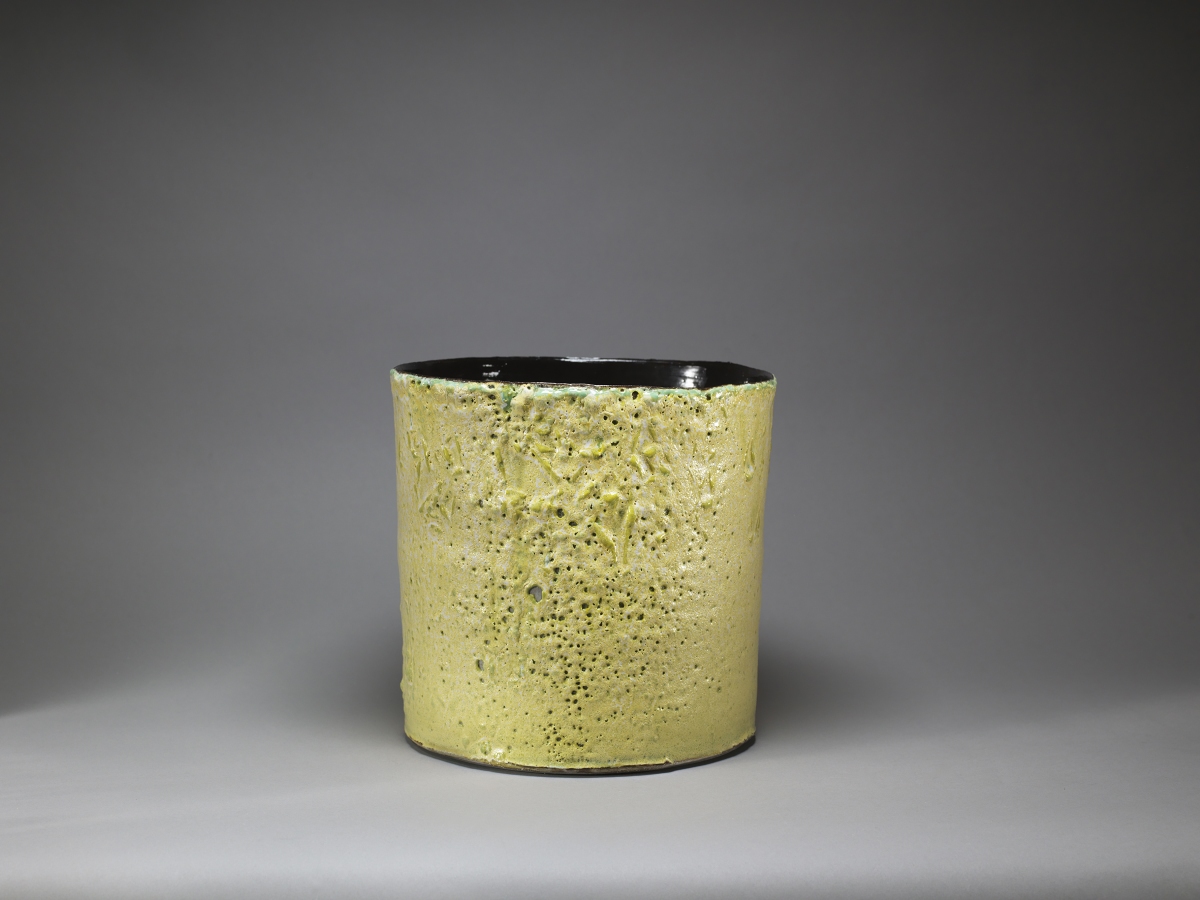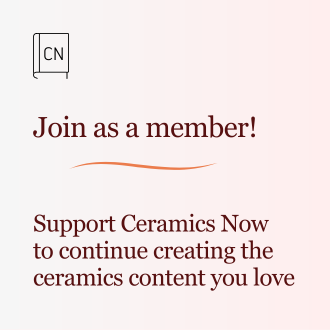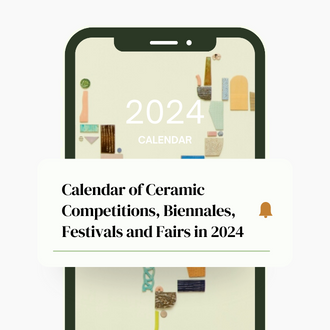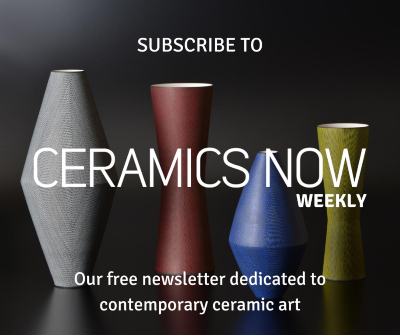Born in 1963 in Älghult, Sweden, Gunilla Maria Åkesson was educated at the National College of Art, Craft and Design, Bergen (currently UIB Faculty of Fine Art, Music and Design, KMD) Norway, from 1987 to 1992, specializing in the Department of Ceramics. She resided in Norway until 2009 before relocating to Komstad, Österlen, Sweden, where she currently lives.
Åkesson’s chosen medium is clay, which she uses to construct distinctive objects. Since 2013, she has focused on the cylinder-shaped Vessel as her primary artistic theme and continues to explore and expand upon this theme.
Throughout her entire career, she has participated in exhibitions worldwide. Her work has been featured multiple times at the Art & Craft Fair at COLLECT, London, since 2013. Noteworthy accolades include a nomination for the Loewe Craft Prize 2018 and the Officine Saffi Award 4 in Milan, Italy, in 2021. She also had the opportunity to attend the Korean World Ceramic Biennale in Icheon in 2003 and 2009.
Åkesson’s works have been acquired by esteemed institutions such as the Swedish Arts Council, Stockholm, Ystad Art Museum, Malmö Art Museum, and the Swedish Parliament in Stockholm. In Norway, her works have been collected by The Norwegian National Collections, including The National Museum in Oslo, the National Museum of Decorative Arts and Design in Trondheim, and KODE Museums in Bergen, as well as the Norwegian Ministry of Foreign Affairs, Sørlandets Museum of Art in Kristiansand, and Sogn og Fjordane Museum of Art in Førde. Additionally, her creations can be found in various private collections across the globe.
In 2021, Gunilla Maria Åkesson joined the International Academy of Ceramics (IAC).
Visit Gunilla Maria Åkesson’s website and Instagram page.
Featured work
Vessels, 2013-2021

The universal and basic forms have always been important to me. The forms that represent the eternal existence that you never need to question. We all have a relationship with them, we all recognize them, and they are closest to archetypes in our subconscious memory and physically in our body memory. They are anonymous, almost neutral, they blend into their surroundings, and we take them easily for granted. But, in their anonymity, we can experience the shapes being noticeably present. The shapes are already there; we don’t really need to create them again, but we keep repeating them, giving them new life and content.
It is precisely these eternal, classical shapes, which we accept as something natural, that have always fascinated me.
We are constantly re-using these neutral forms for our own purposes, no matter what time we live. In this way, we continue to give them new life.
This basic simplicity has always aroused a sense of satisfaction in me. Something that intuitively comes from a source that I can feel is present. Like the forms, archetypes are a part of me as my natural shape and body memory.
There I find the simplicity, clarity, time, and obvious, where you do not need to add or remove anything. Everything is as it should be. When it happens, it is what appears to me to be beautiful. It is something that feels completely natural. This is where I want my Vessels to be.
That is why I continue to build my Vessels, because, somewhere in me, it gives me great satisfaction and a sense of being part of a larger story in the past, present, and future.





